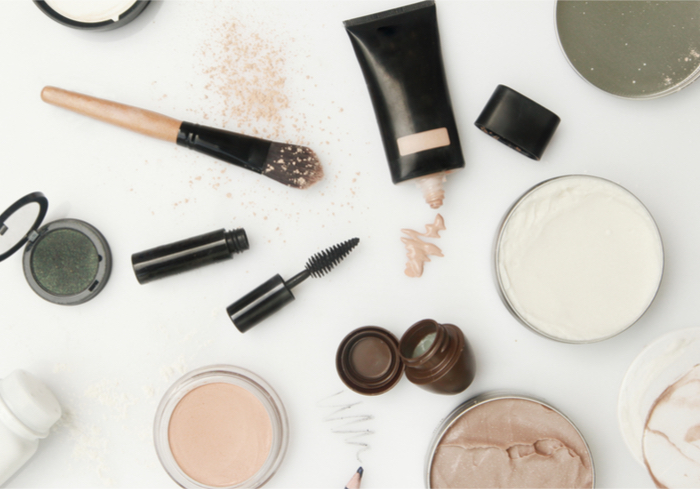
In an effort to attract consumers who might be tempted to buy beauty products through eCommerce channels, Saks Fifth Avenue is turning to technology to draw buyers into its brick-and-mortar stores. For example, shoppers can use “magic mirrors” to virtually try on products, USA Today reported.
As a customer virtually applies makeup, the magic mirror makes a record of the resulting look and sends it via e-mail to the shopper. And in yet another feature, brand artists will record actual makeovers through the mirrors.
The new technology comes as Saks recently moved its cosmetic counters – which retailers typically place on the first floor of their stores – to the second floor of its Manhattan flagship location. With the changes, Saks seeks to better compete with eCommerce sites as well as other beauty retailers, such as Ulta and Sephora.
“It gives us the space to create a whole new type of beauty business,” Saks President Marc Metrick told USA Today. “It’s going to have to be more about experience and less about being a place where you can just run in and get what you want.”
As customers spend less than a third online than they do in stores, Metrick noted that “getting them into the store is critical.” To that end, Saks is promoting experiences to customers in its stores. Shoppers, for example, can have their nails done or their brows shaped. And to make services such as facials possible, the location has 15 treatment rooms. In addition, the location has an event space for hosting gatherings like makeup tutorials and master classes.
The idea behind the changes is to make Saks a place to visit for a class or an experience, not just to purchase beauty products. That marks a departure in thinking from the past decade-and-a-half for retailers like Saks, which “have taken our beauty businesses for granted and not evolved,” Metrick said.
The idea is to have people not just spend money in the stores, but to spend time as well.
With its evolution, Saks is also departing from the conventional retail layout of having the beauty counter on the first floor of its flagship Manhattan location. In a phone interview on May 17, Metrick said “the decision to move [the department] upstairs is completely contrary to what is the standard in department stores all around North America.” The idea was to make the experience “less frenetic,” he said. The main floor, where beauty once dwelled, will now be reset to focus more on goods like luxury leather, accessories and even dining.
The moves come as consumers opt to visit brick-and-mortar retailers to learn more about a beauty product before making a purchase. According to the PYMNTS Omni Usage Index, 18 percent of consumers opted to get an in-store view of a beauty product to help them make a selection. In addition, 6 percent received in-store information for beauty products. Consumers also turned to brick-and-mortar stores for guidance in purchasing beauty services: 30 percent got an in-store view before purchasing, while 5 percent got in-store information.
The Smart Mirror Goes Home
Beyond the cosmetics counter at retailers like Saks, bathrooms are getting a digital makeover, too, with devices meant to help consumers look their best. At the Consumer Electronics Show in January, CareOS showed off a smart mirror that features facial recognition, 4-D imaging and touchless interaction to scan consumers’ makeup and direct them to tutorials on how best to apply it. And Kohler’s smart mirror is designed as a field general for a bathroom full of connected products.
Another product, the HiMirror, photographs and scans a user’s face for imperfections, then returns instructions about the elements that need work. The mirror scans the face to find dark circles, red spots, dark spots, pores, wrinkles, fine lines and roughness. The higher percentage a user scores in an area, the more in need of attention it is. Next, the HiMirror makes useful suggestions. The mirror also can be used to scan the barcodes of various skincare and cosmetic products, and keep track of when something needs to be ordered or when something has aged out of usefulness.
How will consumers react to these smart mirrors? That remains to be seen, but they may have more places to interact with them in the future – from their homes to the beauty counters at brick-and-mortar stores.